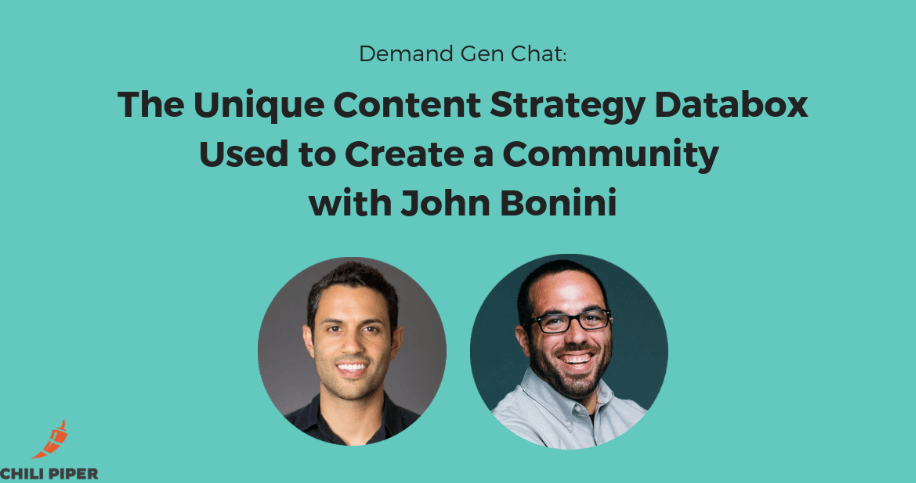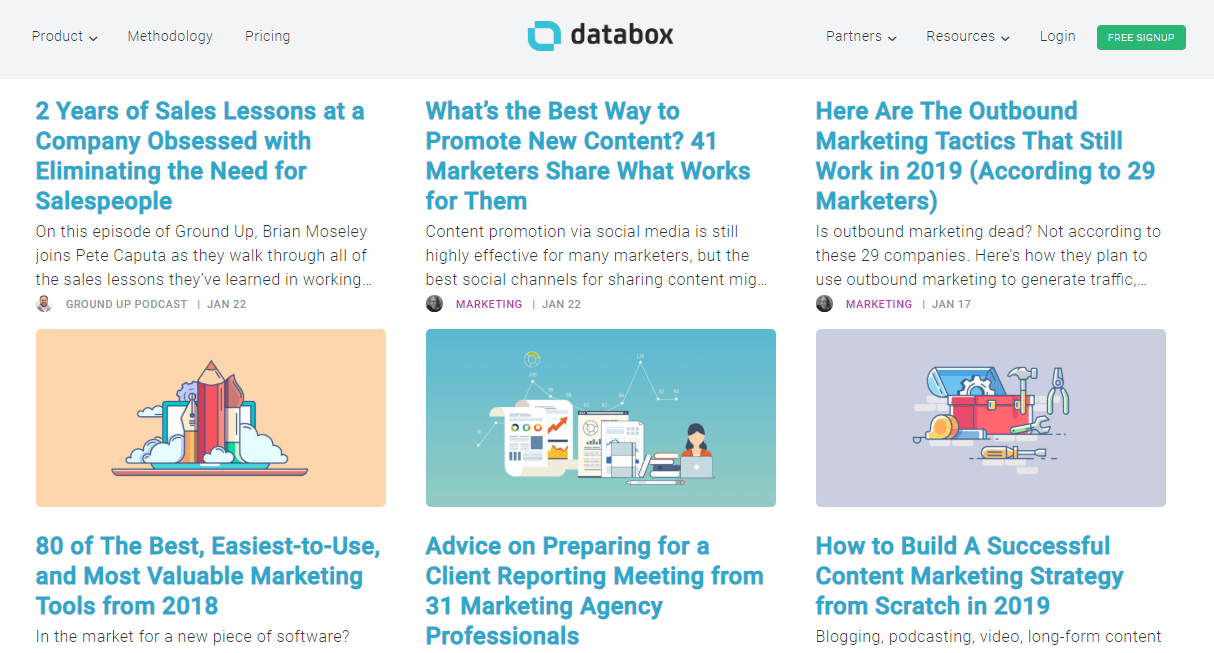Although we’d love to take credit for originating the concept of a Content Community, the truth is that brands have been successfully leveraging this approach for years. As part of our latest blog series — “Content Community Pioneers,” — we’ll be highlighting a few of those brands and examining how they’ve been able to build a scalable, repeatable, and sustainable content creation operation so that you can do the same.
Before we get to the first featured brand (spoiler: it’s Databox), let’s pause for a quick refresher on the definition of a content community:
In short, a content community is a mix of in-house talent, freelance writers, and/or industry influencers all working together to help tell a brand’s story. It is an approach to content creation that is not overly reliant on any one person. And as a result, it combines and amplifies the knowledge and insights of multiple people and personas. Characteristics of a brand leveraging a content community can include:
- Publishing frequency: where brands rarely go consecutive days without publishing
Content depth: where brands dive deep into specific topics of interest to their audience
Content diversity: rarely seeing the same author with consecutive bylines
Influence: where brands are publishing content based on in-depth experience and expertise
Databox — the world’s #1 business analytics platform — crosses all of those check boxes (and then some).
I was already a fan of Databox’s journalist approach to content, which you can see throughout numerous posts. Still, as I was listening to Chili Piper’s interview with John Bonini a few days back, I gained an even greater appreciation for their views on content.

If you don’t have time to listen to the podcast, here’s a quick rundown of what they’ve done and what you can learn from their marketing strategy.
Unsurprisingly, their top channel for marketing is content, and they’ve taken a much different approach to publish than what you’d typically find on a B2B blog. The key difference boils down to perspective. Instead of focusing on a singular point of view, Databox routinely incorporates perspectives from multiple sources within the same piece of content (see some examples below). This approach creates a number of advantages for the brand, including:
- Sharing: You’ll notice that many of their recent posts include quotes and insights from as many as 40+ people. The more you include outside sources for content, the more likely it is for that content to be shared. Call it a growth hack if you want, but this is one of the most genuine ways to get your content distributed to the right audience.
- Expertise: Instead of Databox trying to be an expert in all things, they instead defer to members of their community, which can include customers, prospects, partners, and so forth. This lightens the load on their in-house team when it comes to research and writing, as much of the material is generated by third parties.
- Product Placement: You’ll also notice how closely tied their content is to their core product and business. This is not a mistake. While they aren’t being overly promotional, it’s clear that the insights they share have a close relation to their product (marketers, take note). In many cases, the insights are a direct result of the customer’s use of the product. Brilliant.

I also found it extremely interesting to learn how Databox delegates its content responsibilities.
They don’t keep all content in-house. Instead, they rely heavily on a freelance writer by the name of Dan (his byline is all over the Databox). He plays a managing editor-type role and ensures that the journalistic approach is upheld.
Content creation is not a one-person job. And Databox demonstrates just how successful and sustainable content can be with the right mix of talent. They publish often, but the quality is always top-notch. And they don’t have a huge marketing department, yet they have hundreds of regular contributors. They emphasize insights over SEO, yet they rank high in key search terms. It’s a perfect example of a content community in action.
Looking to grow your brand with a content-first approach?
Then we’d urge you to take a long look at the Databox brand to see how it’s done.
